Dear Editor:
As I sat down to write a newspaper article for Memorial Day, I wasn’t sure where to start. With recent news of our history, and in turn on our veterans, under assault by a casino at Gettysburg and Wal-Mart at The Wilderness, I wasn’t sure how to best honor our veterans for their sacrifices to this country.
Inspiration, in part, came from May 2010 edition of WII History and your article on Corporal Bill Bowser of the 502nd PIR, 101st Airborne Division. My next door neighbor of 25 years was a member of the 101st 506 PIR and I heard many stories of training on Curahee and battling Nazis at D-Day, Market Garden, and Bastogne—especially the cold and how poorly equipped the 101st was as it was rushed into combat to help blunt the German offensive.
So imagine my surprise when I turned to page 37 of Richard Beranty’s article to find the picture of my neighbor dragging in supplies at Bastogne after the clouds had cleared to allow airdrops of food, ammo, and other necessary supplies to bolster our men.
My future neighbor was one of two nameless American GIs pictured. His name was missing, as is the case of far too many soldiers. Perhaps that is a way we can honor our vets by remembering them as individuals when the opportunity presents itself. In this case, the man on the left is Staff Sergeant Harold Anderson, Headquarters and Headquarters Company of the 506 PIR.
Brian Questel
Wooster, Ohio
Rebuttal: Felix Sparks at Dachau
Gentlemen,
Below is my rebuttal for Mr. Edwin Sims’s letter about my article on Felix Sparks. I don’t write this to attack Mr. Sims; I actually appreciate that he read the article and is trying to add to the reader’s knowledge. However, as he did claim I was mistaken on some points I wish to explain where he and I disagree. It is important to me you know I base my writings on research and investigate with a critical eye for accuracy.
Chris Miskimon
Below is Mr. Sims’s letter in bold print, with my replies:
“I would like to bring to the reader’s attention that there are some mistakes in the article “A Fighting Soldier of the 45th” (Profiles) in the June/July 2010 Issue. The photograph at the beginning of the article is incorrectly captioned. It was taken by T/4 Arland B. Musser of the 163rd Signal Photographic Company, U.S. 7th Army on April 29th, 1945. All the Americans in the photo are identified.”
The photo he is referring to is the one of the coal yard just after the shooting, SC208765. I did not write the caption for this photo, but whoever did took their information from the description printed on the reverse side. He is correct as to the photographer’s name and unit; I can only guess that perhaps he disagrees as to what the original caption states happened.
“Colonel Howard A. Buechner, a medical officer in the 45th, wrote in his 1986 book The Hour of the Avenger that there was another machine gun located to the right but out of camera range. He was a witness to the execution of the German POWs in the photo…”
Colonel Buechner’s account has been widely discredited, in large part by the surfacing of the IG report on Dachau. This report had been misfiled at the National Archives and presumed lost until it was discovered in the 1990s. His claim of 500 Germans killed at Dachau is not substantiated by evidence, or other accounts. Those accounts I have seen claiming this high number use Buechner’s account as their “proof.”
Before Howard Buechner wrote this account in the mid-1980s, he suffered a stroke which apparently affected his mental state. His claims about Dachau were made only after this. He also made a number of other (frankly preposterous) claims around the same time, including a book he wrote called Adolph Hitler and the Secrets of the Holy Lance, in which he asserts he was approached by a German U-Boat officer who said he had helped the Nazi regime transport “magical” artifacts to a secret base in Antarctica. Among these artifacts was the Holy Lance, the spear Christ was supposedly wounded with while on the Cross. The Nazis planned to use the Lance and other artifacts to help regain their former powers, etc, etc. So I don’t believe his accounts of Dachau are legitimate.
Please understand I don’t write this to ridicule or hurt Colonel Buechner. From what I know of him he was a good man who served his country and for that I thank him. Tragically, he was overtaken by a medical condition he couldn’t control; the same thing could happen to anyone.
As to his witnessing the shooting, by Buechner’s own statement he only heard the firing and later “poked his head over the wall.” The second machine gun that was supposedly just off camera didn’t exist. The IG Report confirms only one gun. The IG found 14 .30-caliber cartridge casings along with 15 .45 pistol casings and an uncounted number of .30 carbine casings on the ground where the shooting occurred. Plenty to kill 17 men, not enough for 500, though there were Germans killed in other parts of the camp that day, both by GIs and by freed inmates.
“…as was the author of Surrender of the Dachau Concentration Camp 29 April 1945, Colonel John H. Linden. There are approximately 60 Waffen SS soldiers in the photo taken in the Dachau coal yard. Seventeen had just been killed, numerous others were wounded, and some played dead when the shooting started.”
Colonel John Linden was not at Dachau. He is the son of Brig. Gen. Henning Linden, who was there. Colonel Linden was still at West Point (Class of 1945) at the time of Dachau. I have not read his book about Dachau, so I can’t comment as to what it says.
“The number of 17 dead came from came from Lt. Col. Sparks. Colonel Buechner wrote it was 12. There is a photo of the dead after the wounded and remaining survivors were removed but it’s hard to count exactly. Just as the true number of German POWs killed in the Dachau coal yard incident will never be known, the total number of Germans killed by American soldiers at Dachau is unknown. The estimate is from 122 to over 520.”
The number of 17 comes from the IG Report though Sparks did repeat this number to me. I have seen several photos of the dead German guards at Dachau, which some claim are part of the supposed 500 killed. However, my inspection of these photos revealed to me that these pictures are of the same group of dead Germans, in the coal yard, taken from different angles. One can see the same bodies in the same poses, just from different points of view.
According to historian Hugh Foster, whom I consider a reliable source on the subject of Dachau, “The number of German soldiers killed is certainly far, far less than 100. There are several photos surviving which show the pile of dead SS men—they were collected in a pile at the crematory site initially. Later they were dumped at some other location, where they were photographed again; the ultimate location of their bodies is unknown to me.”
I do agree with Mr. Sims’s statement that the true number of Germans killed will never be known.
“The article mistakenly states that Lt. Col. Sparks was sent back Stateside because of his threat to kill Brig. Gen Henning Linden.”
Actually, my article states he was sent to Le Havre to await transport, was stopped there and returned to Germany. Sparks told me he was away because the issue with Linden had “gotten too hot” and his higher command wanted to get him out of there until the issue went away. Since the expectation was that the 45th would go to the Pacific, the plan was for him to rejoin the division en route.
“Colonel Buechner writes in his book that Lt. Col Sparks, 1st Lt. Jack Bushyhead, and himself were investigated and brought up on court martial charges for the execution of German soldiers at Dachau. The article is correct that General George S. Patton, now the appointed military governor of Bavaria (which includes Dachau), destroyed the papers and evidence he had. He dismissed the court martial.”
The IG report recommended courts-martial against six soldiers. Lt. Col. Sparks was not one of those named. Bushyhead was named, as was Buechner, who was the 3/157 Battalion Surgeon at the time. The IG stated Buechner should be charged since he had failed to render medical aid to wounded enemy troops. Sparks, however, stated Buechner had not even arrived until two hours later.
Initially this matter was under the jurisdiction of the 7th Army, whose commander did not want to proceed with the court martial because he felt the IG did not take into account the emotional state of the soldiers. Later, when jurisdiction transferred to 3rd Army, Patton destroyed his copy of the report and likewise did not proceed with a courts-martial.
So, while charges were recommended, no one was ever formally charged or tried for the shootings at Dachau.
“I, and I believe, many readers would like to read an article that details the true story of the execution of the German POWs at Dachau. Its a part of the war seldom discussed.”
Flint Whitlock did an excellent accounting of Dachau and the chaos there in his book The Rock of Anzio. I feel his coverage of that day to be a thorough and impartial accounting of the events there.
Note: Opinions expressed in “Dispatches” do not represent those of the writers, editors, or staff of WWII History or Sovereign Media.
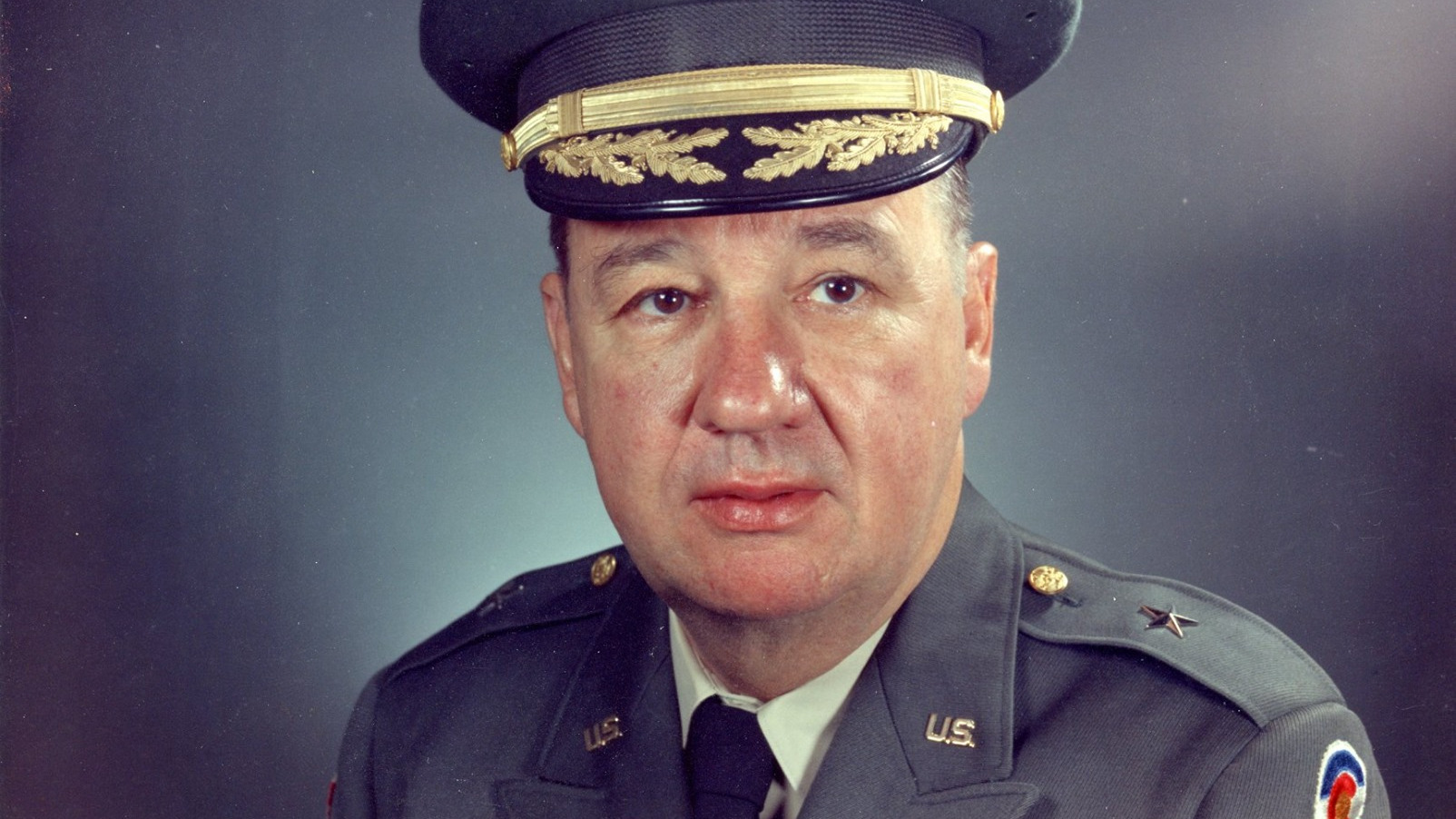
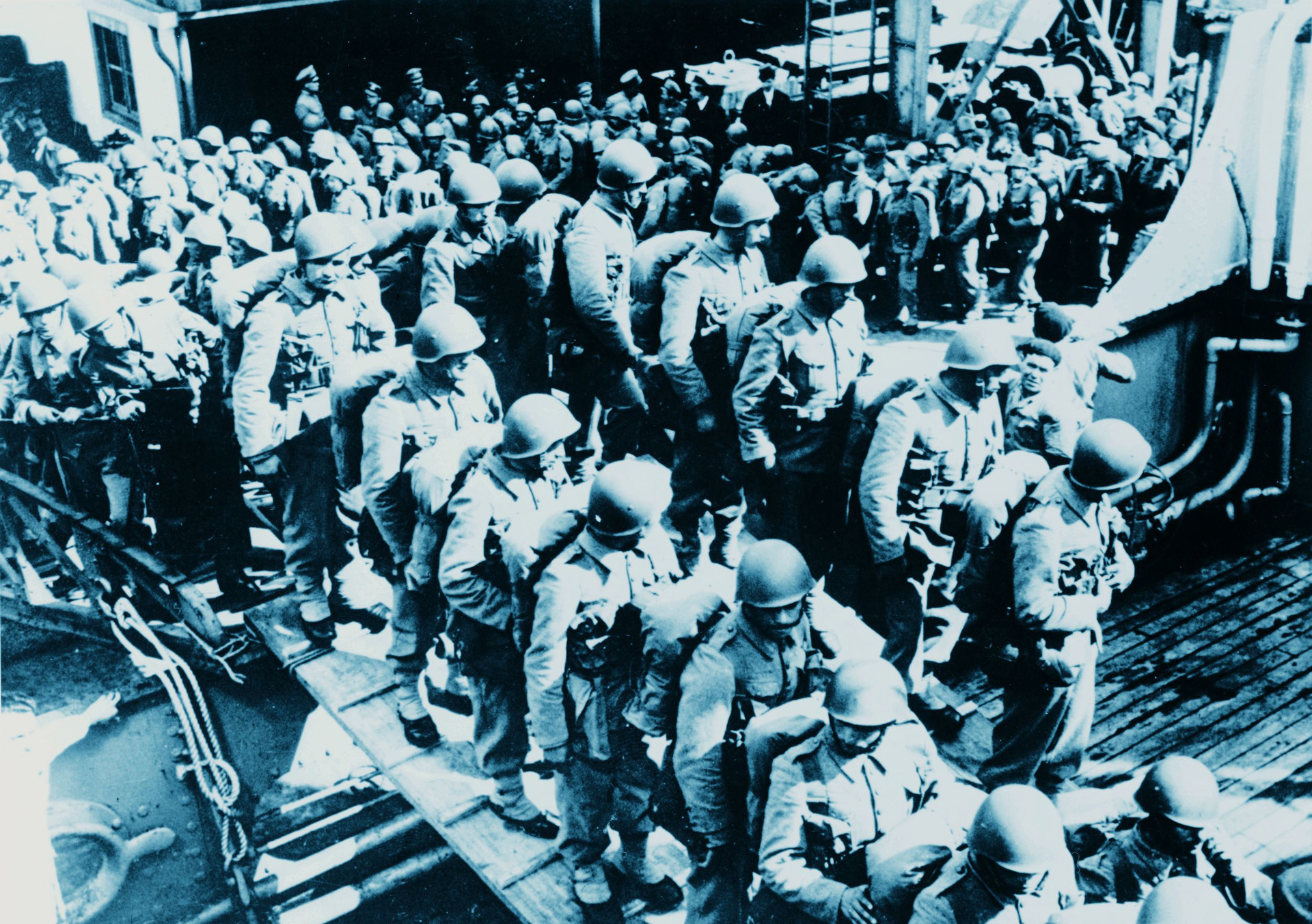
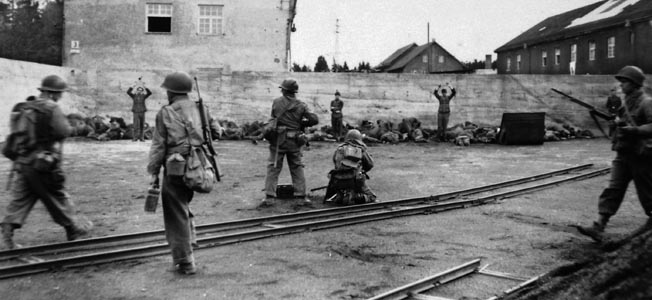
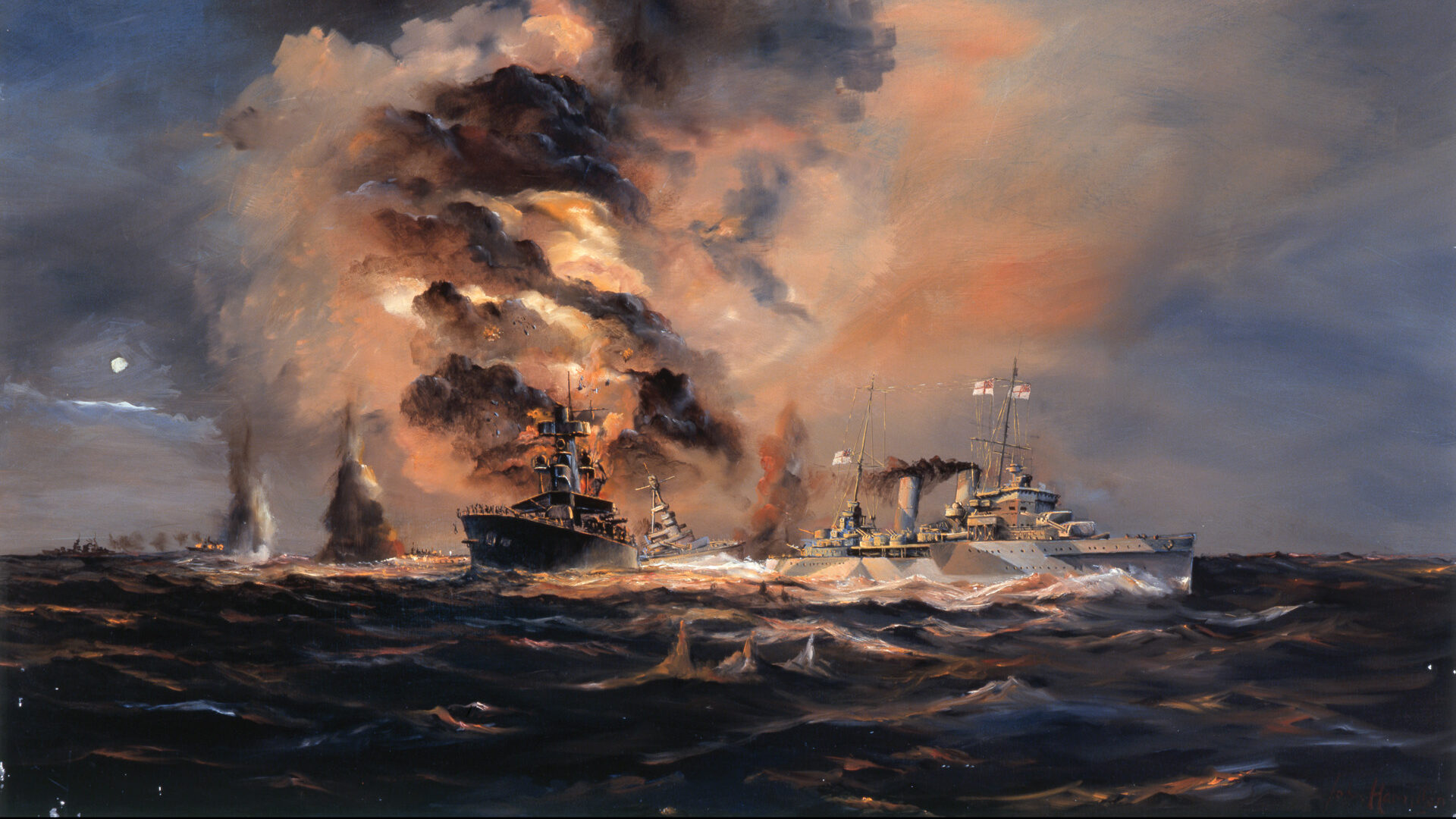
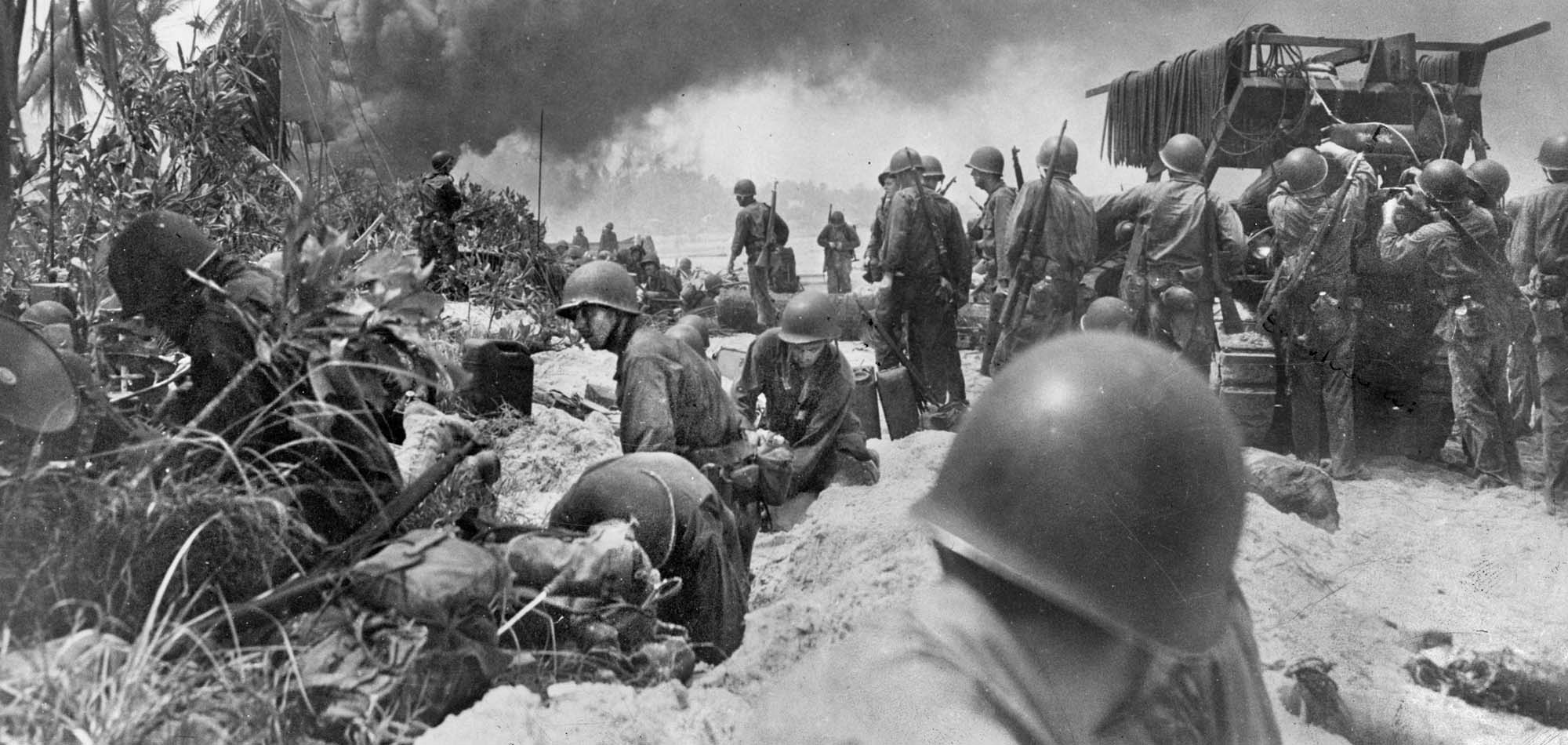
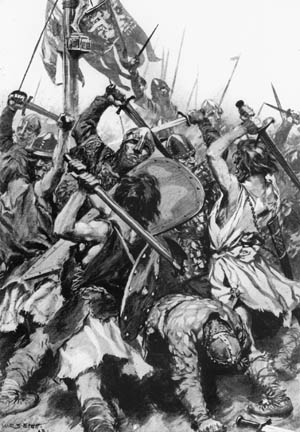
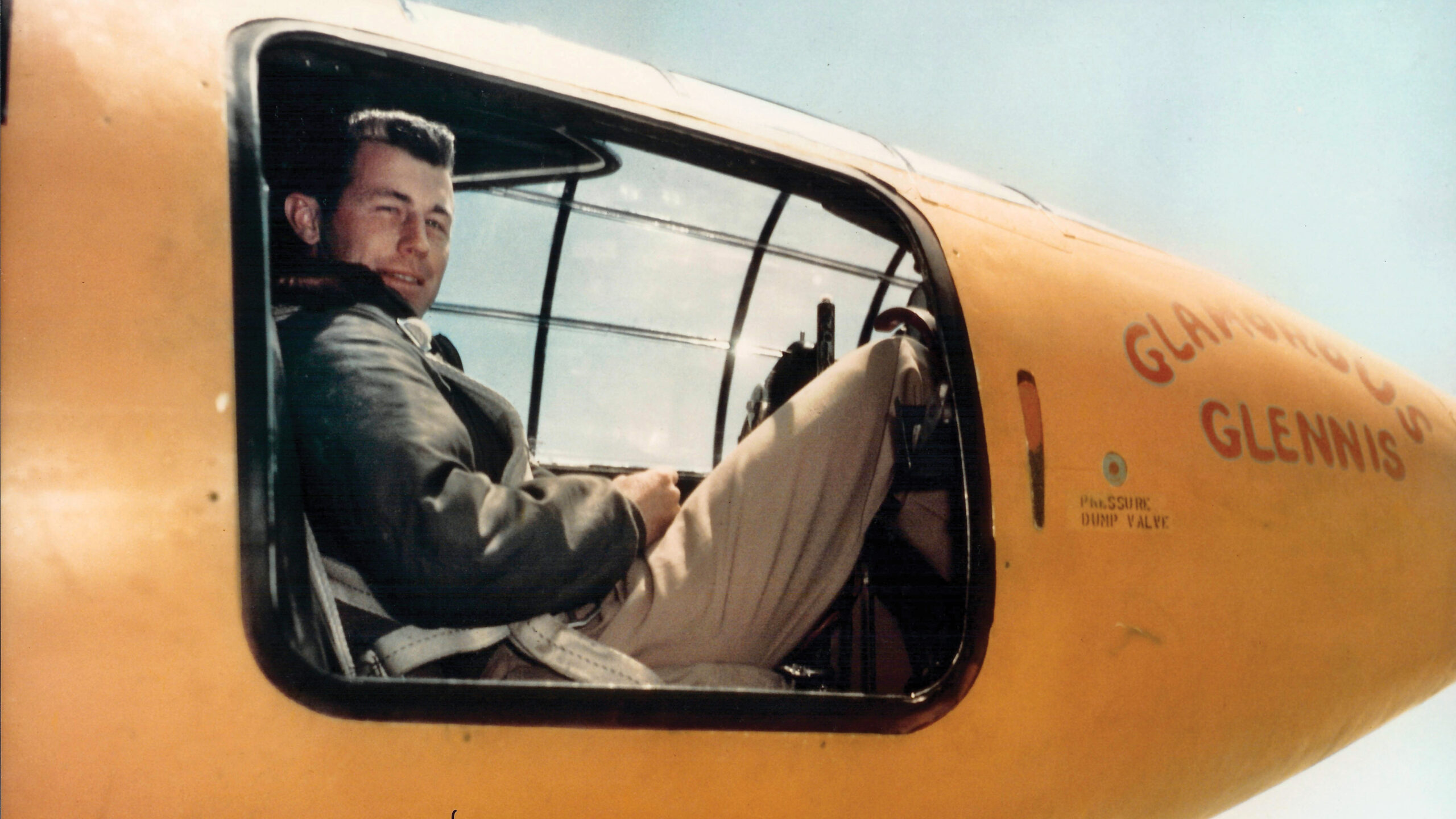
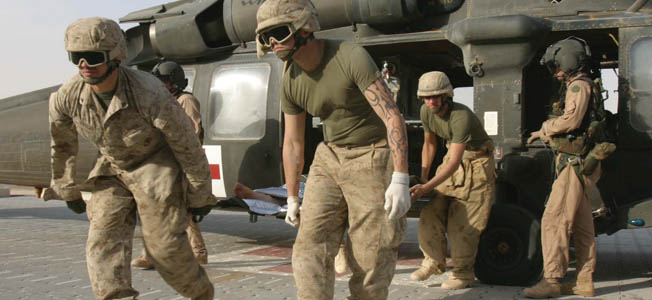
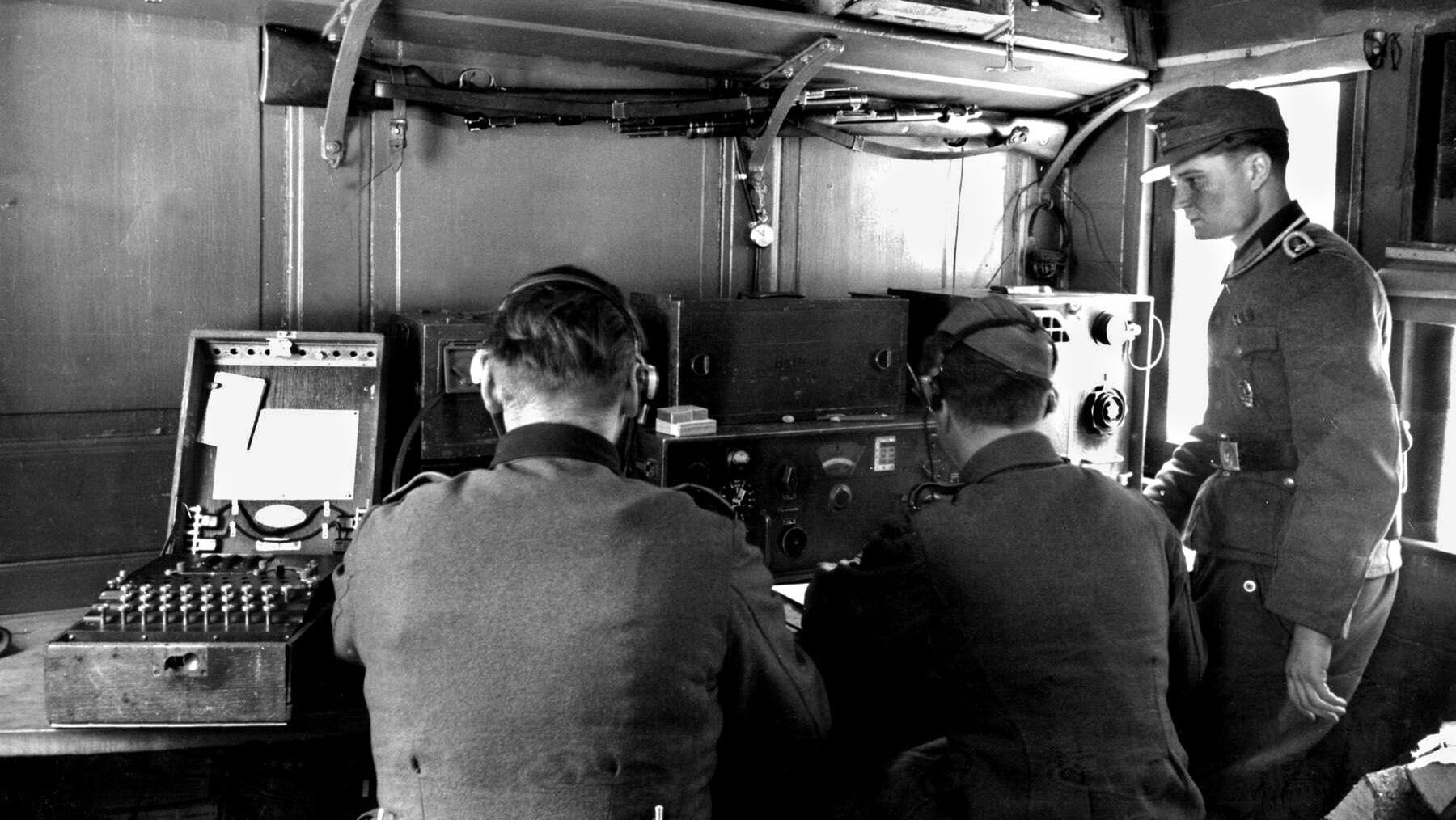
Join The Conversation
Comments
View All Comments